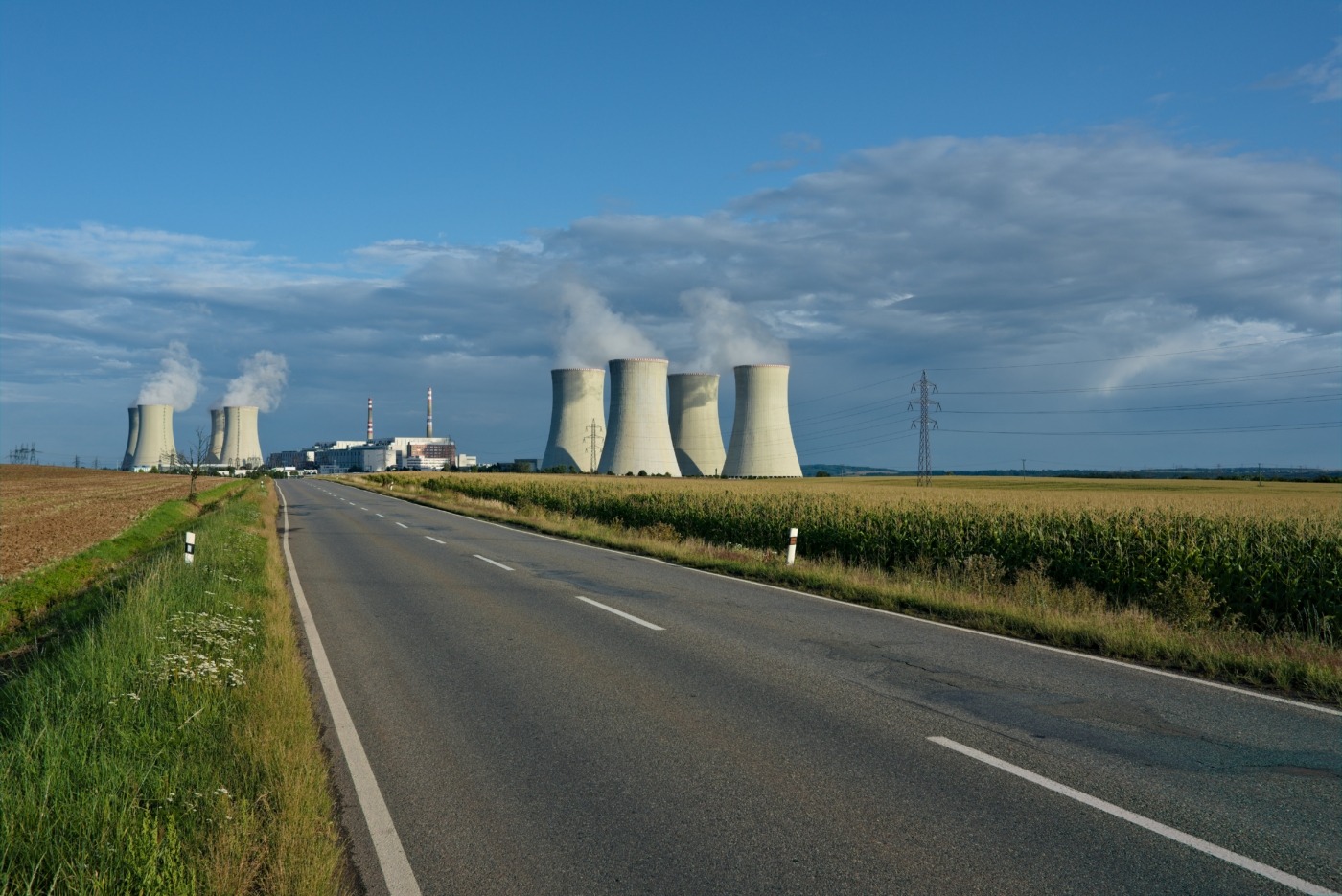Can we achieve Net Zero through nuclear energy?
In 2019, the UK made history by becoming the first major economy to legally commit to achieving Net Zero emissions by 2050. Meeting this target will mean huge changes for all sectors of society – and some of the biggest must occur in how we generate our energy, with the Government’s Net Zero Strategy envisioning UK energy as carbon-free as early as 2035. So where is all this clean energy going to come from?
The majority answer to that question has been ‘renewables’, with a mixture of solar and wind largely seen as the way forward for the UK in abating emissions. Indeed, significant progress has been made in the switch to green sources, with 43% of the UK’s energy coming from renewables in 2020 (nearly 5% more than from fossil fuels!).
However, the news isn’t all rosy. An unusually steady 2021 meant wind generation fell by 14% this year, with fossil fuel generation increasing by 36% as gas was used to make up the shortfall. Growth in renewable capacity has also stagnated since the start of 2020, and remains far short of what is needed to decarbonise the grid by 2035. But if renewables aren’t enough on their own, how will the energy industry become completely green by 2035?
Enter: nuclear energy. Nuclear power involves the splitting (fission) of uranium atoms to release energy, which is then used to create steam that spins turbines to generate electricity. First used in the 1950s, nuclear now provides for approximately 10% of the world’s energy from 440 reactors around the globe, with a further 50 under construction.
And in the context of the climate crisis, nuclear certainly has a lot going for it. The most obvious advantage is that nuclear power has an extremely low carbon footprint. Fission does not directly produce carbon dioxide, so the only greenhouse gas emissions released by reactors are through the ancillary use of fossil fuels for their construction, mining, fuel processing, maintenance, and decommissioning. This is roughly as much as released by solar power, and approximately 4% of the total carbon released from a gas-fired power plant, making nuclear a strong option for decarbonisation.
While renewables depend on sporadic weather conditions for their output, nuclear energy has no such constraints
The second major benefit of nuclear is its reliability. While renewables depend on sporadic weather conditions for their output, nuclear energy has no such constraints. Even if the day is cloudy or still, nuclear power plants can provide a consistent ‘base load’ for our national grid – essential for keeping the lights on and the economy functioning.
This makes nuclear seem an obvious choice as the world shifts away from fossil fuels – or at least until we figure out how to store enough excess energy to overcome renewables’ sporadic outputs. But debates rage over whether nuclear should be a part of the future clean energy mix in the UK and beyond, and the energy source faces significant hurdles if it is to be expanded.
Persistent concerns have centred on the safety of nuclear energy, with opponents arguing that no matter how well-designed reactors are, natural hazards and human error mean accidents can and do happen. This point has been starkly exemplified by events such as Chernobyl and Fukushima, with some estimating that the Chernobyl tragedy has led to over 10,000 deaths in the region due to the ongoing effects of radiation. Even without these large-scale disasters, studies have shown an increased risk of cancer for those living near nuclear plants, especially childhood cancers like leukaemia.
Renewables are undeniably the future, but until we can overcome their fluctuating supply, the world needs a ‘stepping stone’ power source to provide a baseline of energy
Moreover, while nuclear energy doesn’t produce carbon dioxide, it does produce large quantities of long-lived radioactive waste. This by-product is extremely dangerous to human and environmental health, and there is currently no way to safely dispose of it. The current solution to this issue has been to secure the waste in underground facilities, but it remains a major challenge for nuclear energy as an industry.
Even setting these perennial concerns aside, nuclear reactors may simply be too costly and take too long to build to help mitigate climate change. For example, Hinkley Point C, the UK’s newest reactor, is set to cost up to £22bn and take a minimum of seven years to build. Meanwhile, the cost of solar has declined by 82% since 2010, and an entire wind farm can be constructed in as little as 10 months.
While these points are legitimate, they seem to construct renewables and nuclear as being in opposition. The reality is, we need to think of them as complimentary. Renewables are undeniably the future, but until we can overcome their fluctuating supply, the world needs a ‘stepping stone’ power source to provide a baseline of energy. And if we want to meet this requirement while also making the move towards Net Zero, the choice seems clear: for now, nuclear power is our only way forward.

Comments